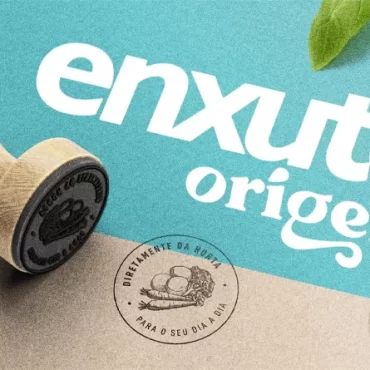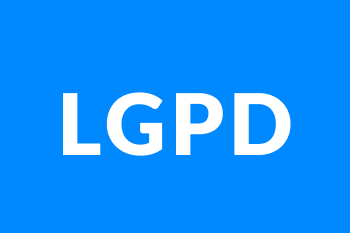Logo Types: Study Reveals Which Works Best

Get inspired
Building brands is a job that involves choices. Most of them are quite challenging. Deciding which elements will make up a logo, for example, what its colors will be, the typography… This is all part of a complex process and there is no easy recipe to follow. However, there are some guidelines that help a lot, such as this study published in the Harvard Business Review, which reveals, among the various types of logo, which works best.
The purpose of the research, led by three marketing professors, was to determine whether consumers preferred the simplest logos or those with the most information. To do so, they conducted seven experiments, in which they analyzed 597 companies and verified the effect of their logo design on the public’s perception of the brand.
The two types of logo
The study used two categories – already known to designers – to differentiate logos: descriptive and non-descriptive (or abstract). The first are those that add textual and / or visual elements that clearly describe the type of product or service that an organization offers. The Burger King logo is a great example because it bears the word “burger” and the illustration of breads that refer to the main food of the fast food chain.
Non-descriptive logos, on the other hand, bring visual and symbolic elements that do not necessarily make clear what the company does. In this category we can put the Apple and McDonald’s logos.

So far we are talking about well-known brands – as it would not make sense to use them in the study, the researchers opted for others not so famous. In one experiment, participants were separated into two groups, one of which received a descriptive version of a restaurant logo and the other an abstract variation. Each person read the same description of the business and then had to scale how much they liked the restaurant and how authentic it was. The result indicated that the group that saw the descriptive logo rated the brand better than the other.
So does descriptive work better?
Under certain conditions, yes. At least that was the conclusion of the research. One reason is that descriptive logos are visually processed in an easier way. This is because our brains have the ability to recognize distinct information faster when they clearly convey what they mean (when they are not so abstract).
In addition, descriptive logos convey a stronger image of security and authenticity, and “beat” non-descriptive logos when it comes to the ability to positively impact audience ratings and increase sales.
But the rule is not true for all cases.
Although descriptive logos perform better than non-descriptive logos, the study indicated that the result is not always true. In famous brands, for example, the types of logos do not have the same impact. After all, when consumers already know a particular organization, they are less likely to be influenced by their logos.
The same point applies to brands that do not want to convey the image of offering a single product type (such as Uber and Disney) and companies that offer services with potential negative associations (such as funeral homes).
So, what can we conclude from these reflections on types of logos? Well, of course the descriptive ones won’t necessarily guarantee the success of a brand. But research shows that underestimating their strength can be a mistake depending on the situation. So, did you like this text? Be sure to check out the Get Inspired section of our site, with many articles on various topics!




